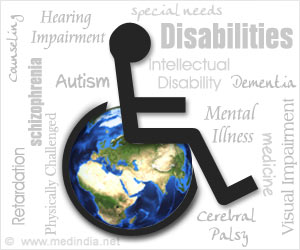A new study focuses on opioid prescriptions that were filled by patients who had not used their insurance in the past year to fill any other opioid prescription before and after the 2016 guideline release.
‘CDC opioid prescribing guideline can be a critical part in controlling actions taken by prescribers.’
The percentage of these “opioid-nave” patients filling an opioid prescription dropped from nearly 12% in the first year to just over 9% in the final year – and the decline was already well under way before the guideline came out.
Those who did receive opioids had different trends in two ways: the number of days’ supply of opioids in their prescriptions, and the dose.
After the guideline’s release, initial opioid prescribing among these patients showed decreases in both the average days’ supply, and in doses larger than 50 MME (morphine milligram equivalents), compared with what would be expected from the pre-guideline trends.
The researchers make it clear that they cannot attribute any one change or trend to the CDC’s guideline. The analysis is published in JAMA Network Open.
The 2016 guideline was not intended to apply to patients with cancer, major surgical pain, and those in hospice or palliative care. Yet prescribing patterns for those populations have been shown in other studies to show that have changed since the guideline was issued.
“These findings, based on trends before and after the CDC guideline was released, show it may have catalyzed other changes, because it came from a trusted entity,” said Jason Goldstick, Ph.D., lead author of the analysis and a research associate professor at the U-M Medical School who is a member of the U-M Injury Prevention Center.
It is impossible to isolate the effect of the guideline itself, given all the activity around opioid prescribing, but it’s important to track these trends. They can used in future efforts that treat pain safely and effectively.
Source: Medindia



